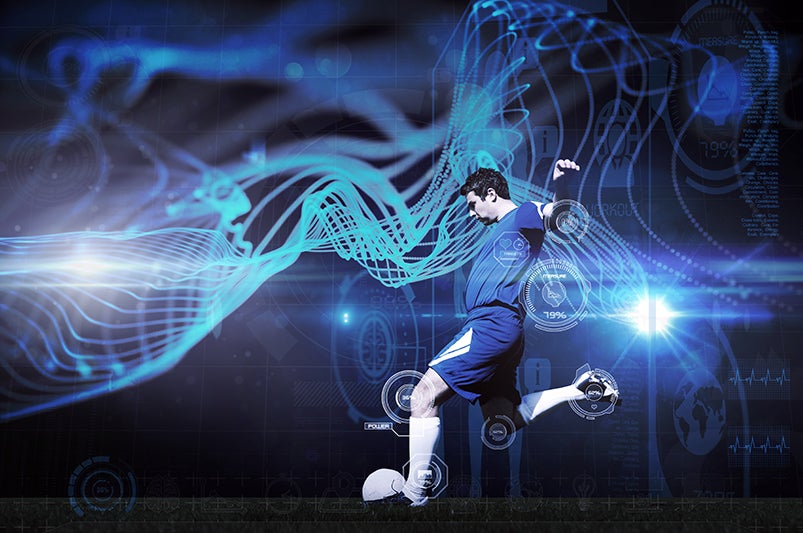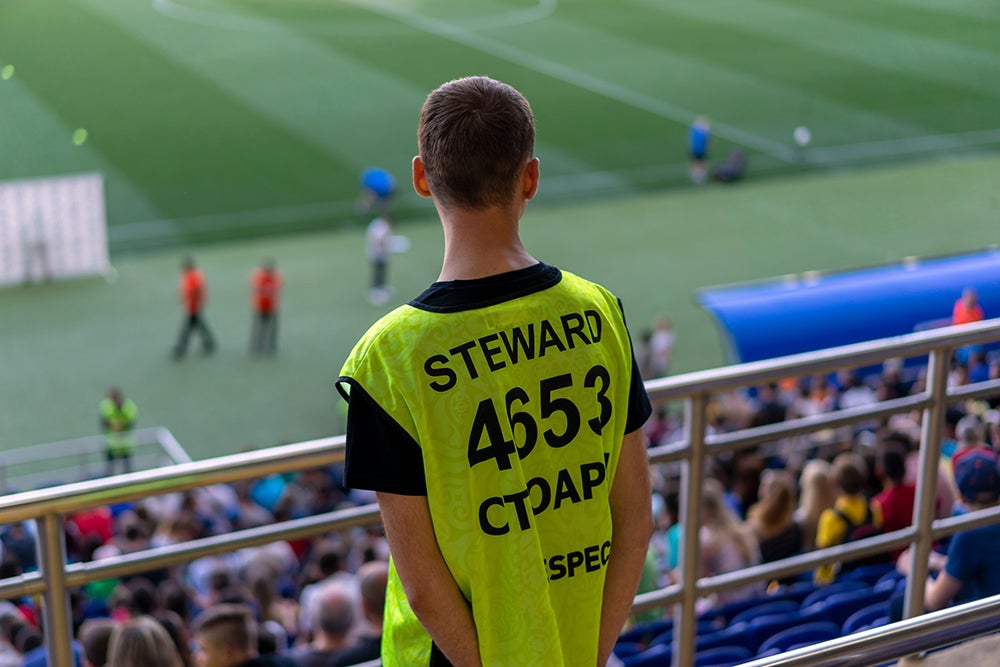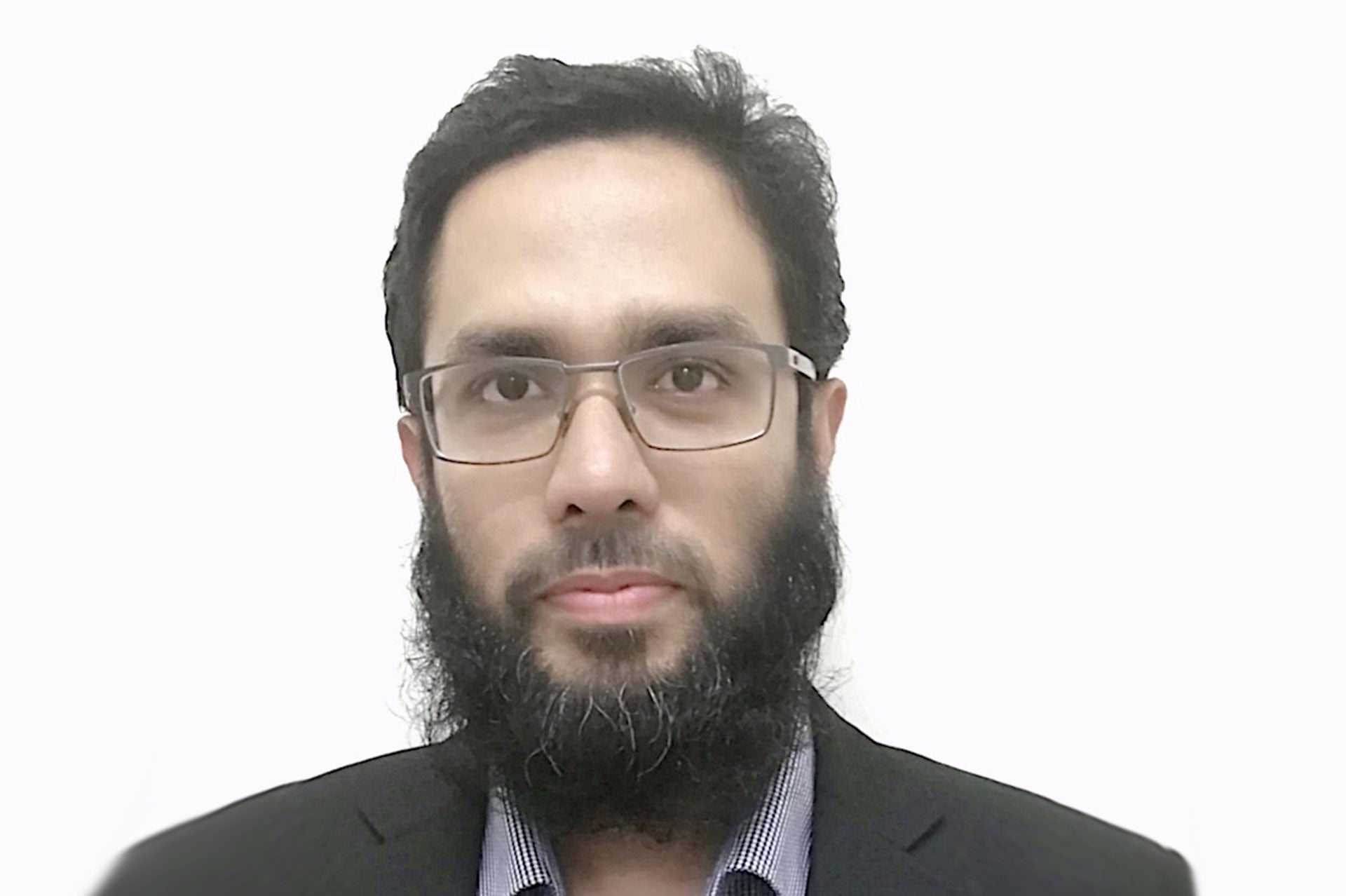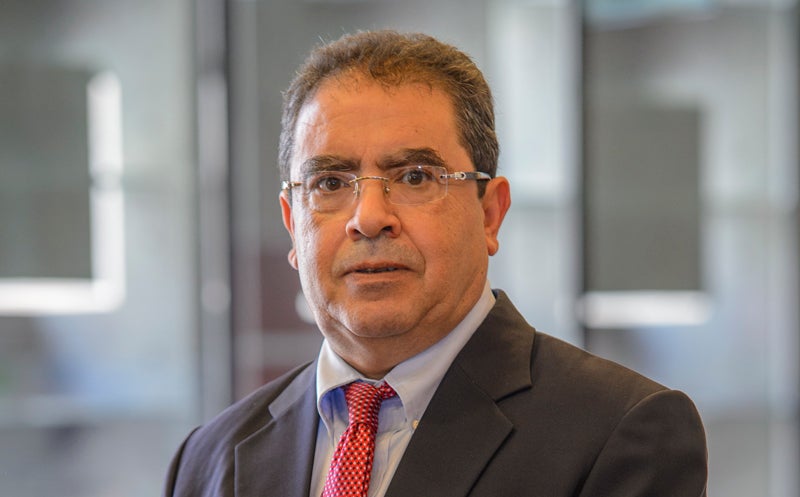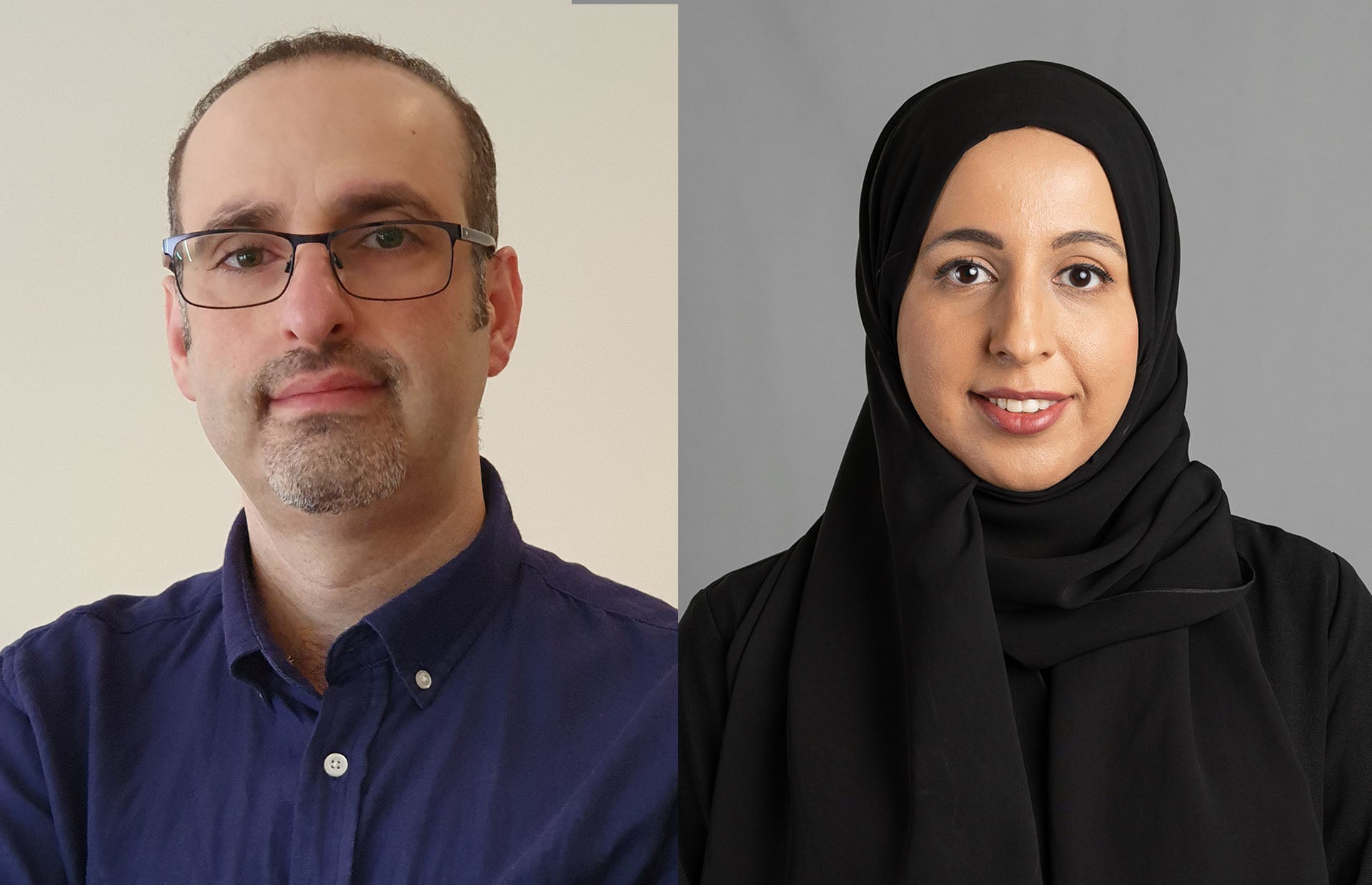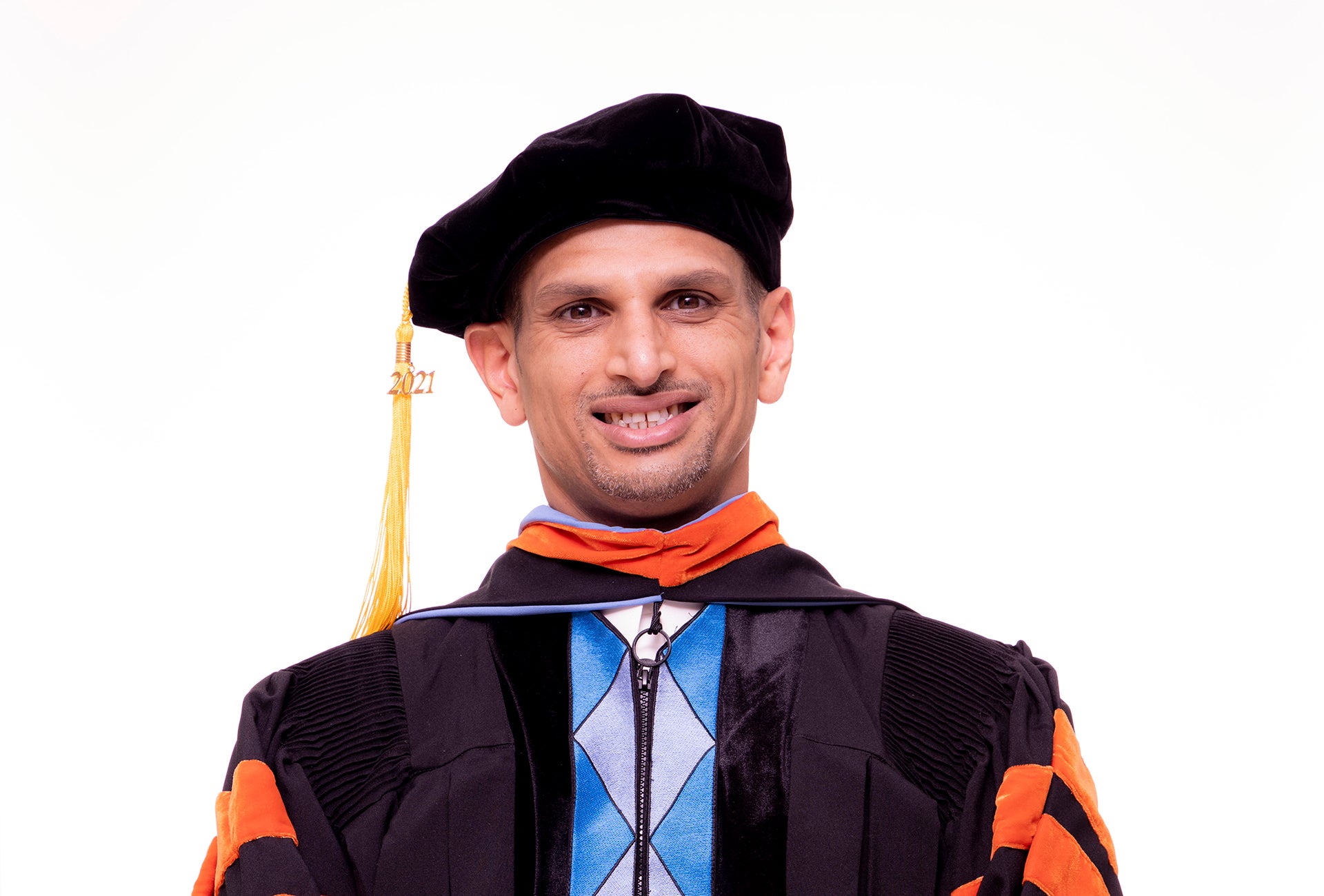Dr. Amine Bermak
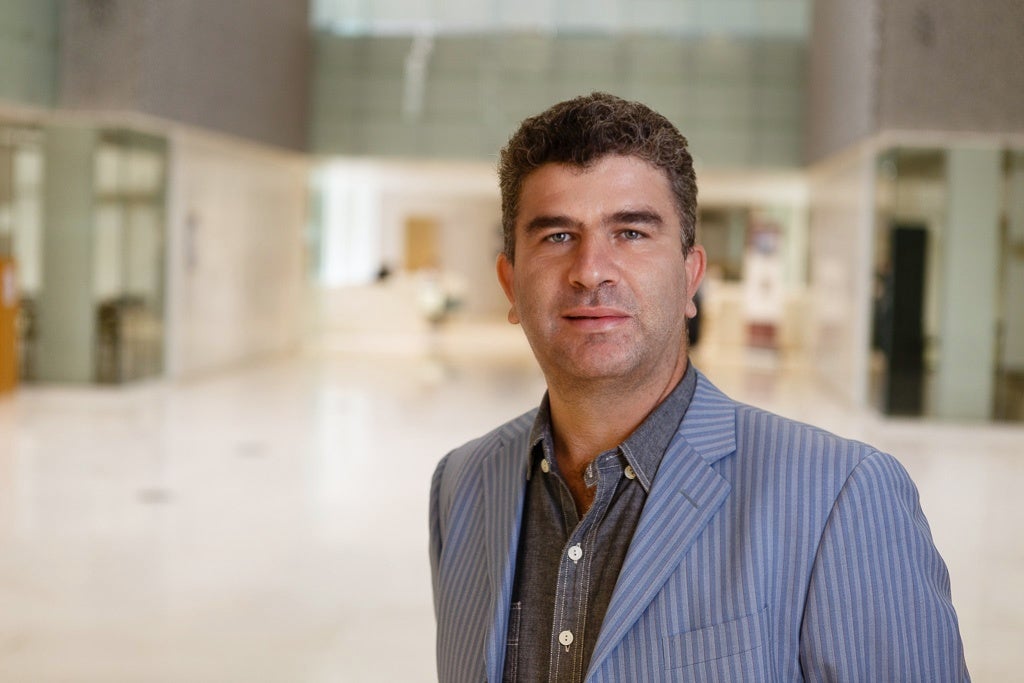
Player tracking and monitoring is a nascent area of technology research in Qatar and beyond. As the nation gears up for a number of international sporting events, faculty members at the College of Science and Engineering (CSE) highlight future pathways in this critical field.
In what ways can wearables and sensors be employed to track and gauge soccer player performance and health?
Wearables can be widely applied in soccer games. From monitoring vital signs such as heart rate, temperature, blood oxygen levels, to serving as performance indicators of athletes and players, their uses can vary greatly. Wearable technologies can be used to gauge acceleration, force, rotation, and body orientations of players, just to name a few. Recent studies and research have even gone much further by examining wearable sensors that can monitor the physiological and biochemical profile of athletes to optimize their performance. Saliva and sweat biomarkers are now being explored to diagnose health issues and design personalized recovery protocols for athletes. Emerging research currently works to not only monitor vital signs and improve performance, but to also gauge and improve athlete recovery. This aligns well with competitive tournaments such as the FIFA 2022, where players are expected to consistently perform across a minimum of three games.
Which digital tools are particularly effective in this area?
First, sensors are important for us to capture data of interest and digitize all information so as to be processed by various platforms, including computers. Second, visualization is an important tool to represent data in appealing and informative ways. Last but not least, Artificial Intelligence (AI) technologies can be used to classify different patterns of interest that reflect the competitiveness of the athlete.
How is this technology developed? And what Qatar-based research is being conducted in this area?
Technologies in this area can be divided into two categories. We have hardware devices which include sensors, data converters to digitize information, microcontrollers to pre-process data, and wireless communication tools to enable seamless transmission. Second, we have software development which includes acquiring data, filtering ‘noise’, constructing a training sample of data and finally, machine learning and AI to classify relevant data pools.
In Qatar, ongoing research covers the entire spectrum. CSE at HBKU is conducting world-class research in the area of wearable sensors and -- together with Qatar Computing Research Institute (QCRI) -- launching top-tier studies in the areas of AI and data analytics. There are also researchers across Qatar working jointly on Internet of Things (IoT), wireless communication, and AI-enabled technologies.
What insights and uses can such tools provide ahead of the FIFA 2022 and other tournaments that Qatar is hosting?
Qatar has a unique opportunity to excel in this field. Indeed, Qatar is passionate about sport and has hosted around 450 international sporting events since 1993. The country is quickly positioning itself as an international hub for sports. If this passion is combined with technology, Qatar can rise and become a sports technology pioneer in the near future. These technologies can be used to monitor the health of athletes, improve their performance, and design personalized training and recovery protocols tailored to individual biochemical profiles. It is without any doubt a very exciting and emerging area of research and development.
What prevention possibilities can such tools provide to users? Can they protect from excessive muscle strain or pressure, or stop player injuries?
Definitely. Vital signs, muscle strains, together with player profiles, can be widely exploited to prevent injuries, avoid dehydration, protect muscles from excessive pressure and immunize players from work-out fatigue. These technologies will not only help improve performance, but also prevent injuries and aid the design of personalized recovery programs.
In your opinion, what is the future of research in this area?
Personalization will pave the future for all technologies, including the design of wearable sensors. Such an approach will enable sports managers, athletes, players and coaches to pre-empt the undesirable effects of injuries and integrate cohesive plans for optimization and well-being.
Dr. Amine Bermak is a Professor and Associate Dean at the College of Science and Engineering, part of Hamad Bin Khalifa University.




